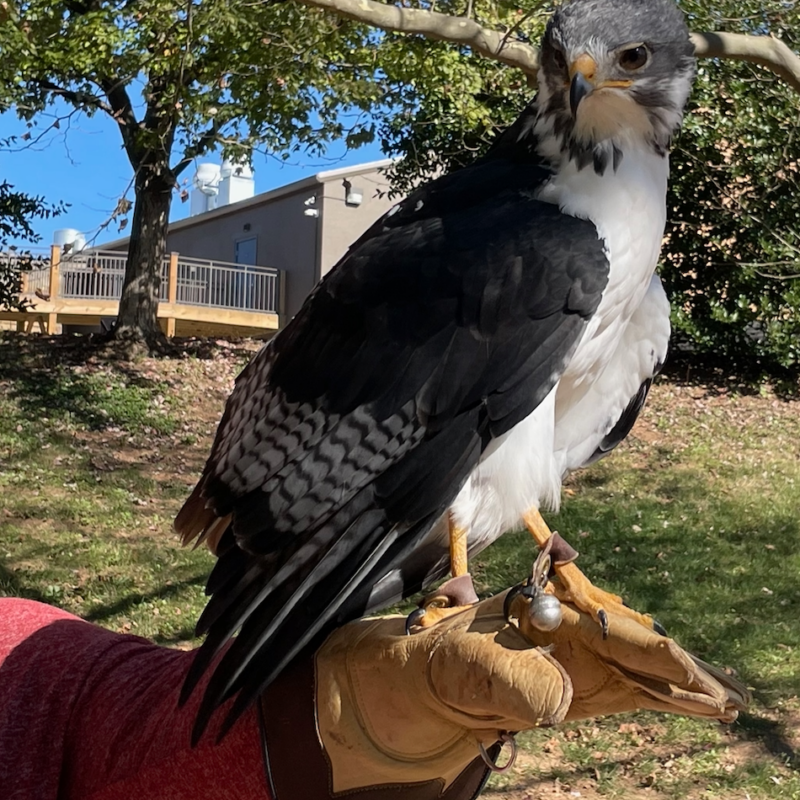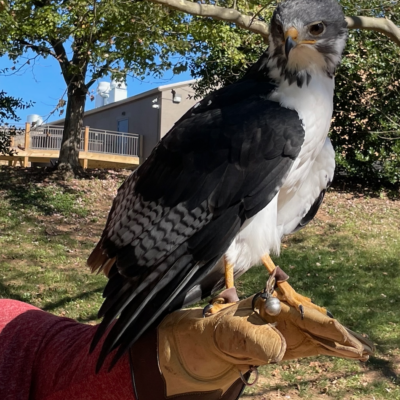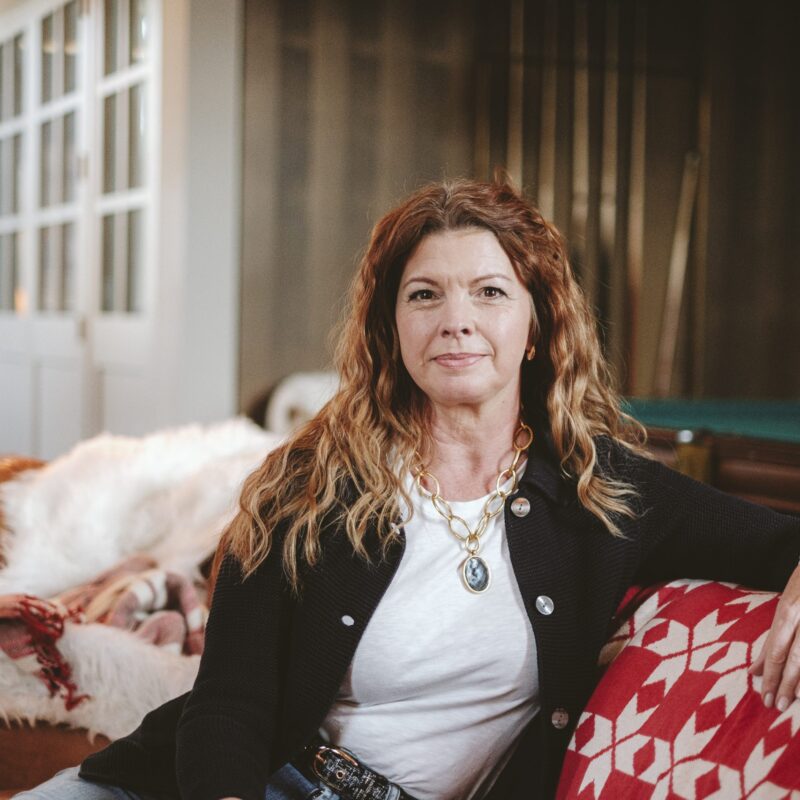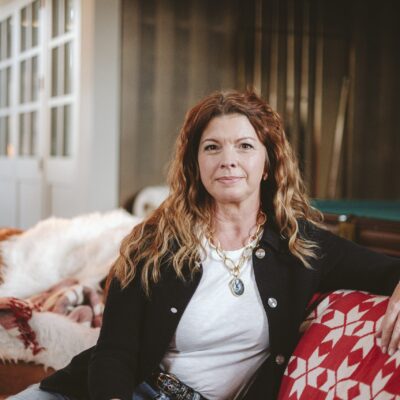|
Taylor Smack clears out a brewing tank, known as a mash tun, of spent malted grains from a freshly brewed batch of a doppelbock. |
Eating and drinking local is getting easier every day. We shop at farmers’ markets, drink wine from vineyards just down the road, and taste beer at our local breweries. But, when that local beer is made with barley from Canada and hops from Germany, just how local is it?
It’s a question that Blue Mountain Brewery’s brewmaster Taylor Smack considers often. “We would love to make an entirely local beer, but even if you have the space to grow the barley, then you have to have a malting facility,” he said. He’s hopeful though, and has been working with Barry Wood, who’s been growing barley on 30 acres of his 300-acre Wood Ridge Farm in Lovingston. Wood’s been experimenting with malting small batches of it too. But even with locally grown and malted barley, Smack would need more than Virginia’s hilly terrain and humid climate could support.
“Every 1,000 gallons of beer takes about 1,500 pounds of grain,” explained Smack. To put that demand into context, Steadfast Farm’s Brian Walden (see All You Can Eat, p. 32) harvests 10 tons of grain annually from 50 acres. “It takes a community to make beer. Very few breweries do it all themselves,” said Smack.
What Smack has managed to grow locally are hops—what he calls the beer’s spice. The newly expanded brewery grows two varieties of Pacific Northwest hops on its Nelson County property. Each year, the folks at Blue Mountain use the first 150 pounds of freshly picked hops in one 30-barrel batch of harvest celebration beer. The remainder of the hops are dried, vacuum-sealed and refrigerated for use throughout the year in every batch of Full Nelson Pale Ale. But it was this year’s harvest celebration beer, Blue Reserve, made with all estate-grown Cascade hops, that won a silver medal at the Great American Beer Festival in Colorado. “I was ridiculously excited about winning the silver for such a simple beer. I almost didn’t care about the gold we won,” Smack said.
Of course, with beer being 95 percent water, the finished product is perhaps more local than we think. Wine industry laws allow state wines to contain up to 25 percent juice from out-of-state grapes. Even wines labeled with a specific American Viticultural Area (AVA) only need to contain 85 percent of grapes grown within that specific AVA. Using non-Virginia fruit certainly isn’t common practice among our area winemakers who grow grapes they’re proud to call their own, but it’s a loophole worth noting.
Not to mention that Smack gives that water a whole lot of credit for the taste of his brews. “It sounds like a cop-out to mention our water, but it’s one of the main reasons we located ourselves in Nelson County. We use water from a 300′ well drilled by an old spring that’s fed by miles of untouched forest watershed,” said Smack. Drinking a beer that’s been brewed and bottled miles from home certainly tastes fresher and reduces the beer industry’s carbon footprint —especially if you use their two-liter refillable growlers. It also provides, in the case of Blue Mountain Brewery, more than 50 jobs for locals.
Still, a 100 percent local beer is within the realm of possibility, albeit in limited batches. Starr Hill Brewery’s Monticello Reserve Ale wasn’t made with local wheat and corn, but it was inspired by a recipe from our very own fermenting forefather, Thomas Jefferson, who brewed 15-gallon casks of beer with all Monticello-grown crops. And if TJ could do it, so can we.
Hit the trails
On Sunday, November 13, the four wineries that make up The Appellation Trail will host a Wine 101 Day, with one-hour educational sessions at each winery. At noon, Whitehall Vineyards will discuss late-season vineyard management and harvest. At 2pm, both Stinson Vineyards and Mountfair Vineyards will teach about fermentation and winemaking practices in whites (at Stinson) and reds (at Mountfair). At 4pm, join Glass House Winery for a lesson on bottling. Piedmont Virginia Community College will have viticulture and enology coursework information available for any aspiring winemakers in the group. Each session costs $5 and includes wine samples to help hammer home the points.
/RI_-IMG_9694.jpg)





